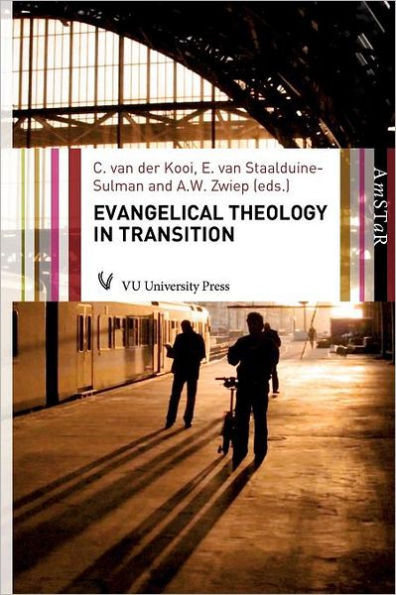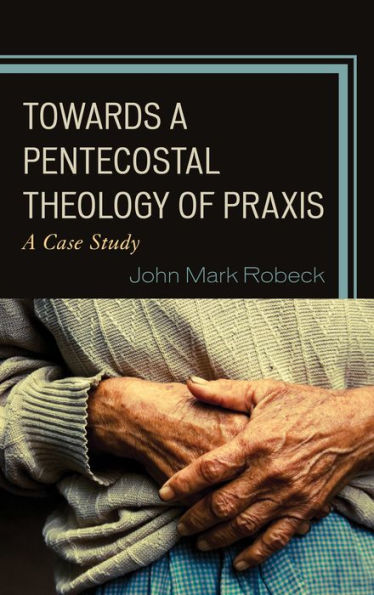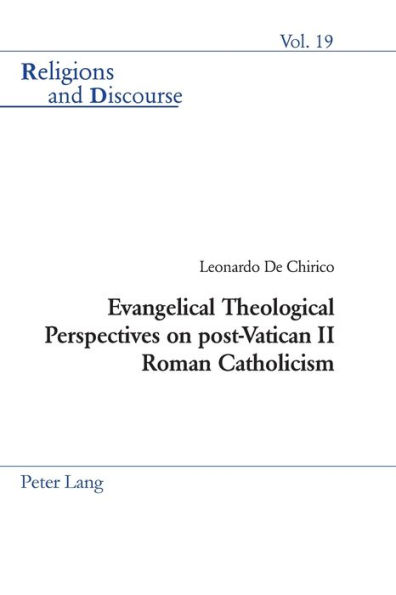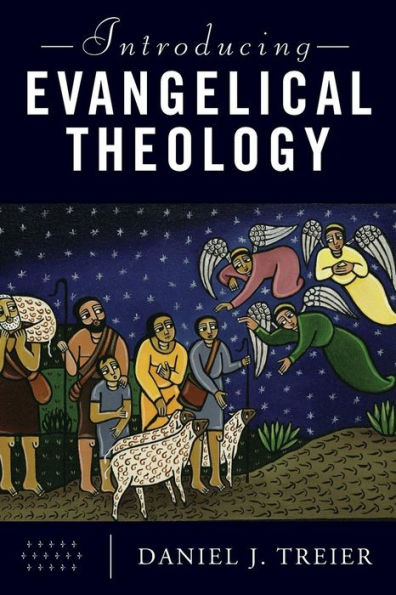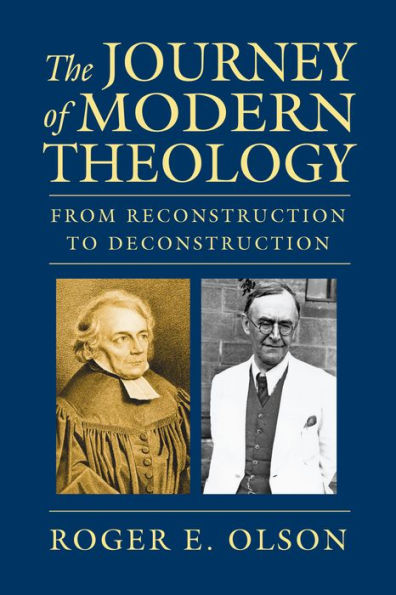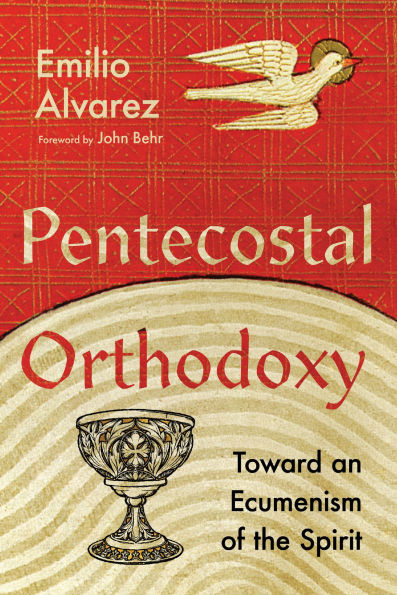Home
Theological Renewal and the Resurgence of Integrism: The Rene Draguet Case (1942) in Its Context
Barnes and Noble
Theological Renewal and the Resurgence of Integrism: The Rene Draguet Case (1942) in Its Context
Current price: $107.00


Barnes and Noble
Theological Renewal and the Resurgence of Integrism: The Rene Draguet Case (1942) in Its Context
Current price: $107.00
Size: OS
Loading Inventory...
*Product information may vary - to confirm product availability, pricing, shipping and return information please contact Barnes and Noble
On July 1, 1942 the Holy Office issued a decree that the Louvain professor of fundamental theology Rene Draguet (1896-1980) had to be deprived of his teaching. The decree did not clarify the reasons for this sanction. Earlier on in the same year two books were placed on the Index: M.-D. Chenu's Une Ecole de theologie: Le Saulchoir (1937) and L. Charlier's Essai sur le probleme theologique (1938), while a dissertation of a Louvain doctor in theology and student of Draguet, V. Buffon, was 'condemned' without being put on the Index. These theologians shared a pursuit of theological renewal, either directly (e.g. by elaborating a new theory of theology) or indirectly (e.g. by introducing methodological innovations in the domain of doctrinal history). As both Charlier and Buffon were to a large extent dependent on Draguet's theological theory and method, the Louvain professor appears as the key figure of a 'Louvain school' of theological renewal that - together with the school of Le Saulchoir - was combated very harshly by the Holy Office in 1942. The quick succession of condemnations gave rise to the fear that a revival of 'integrism' was taking place against a kind of neo-modernism, labeled as nouvelle theologie. The book consists of two parts. In the first part, the projects of theological renewal of Draguet, Charlier and Chenu are studied. Most attention is given to the not well-known theological project of Draguet, that is discussed in detail on the basis of his teaching and publications. Next the theological positions of Charlier and Chenu are analysed from a comparative perspective. In this way it is shown how the catch word nouvelle theologie made an amalgam of very divergent projects of theological renewal. The second part is devoted to the history of the condemnations of 1942. The opening up of the Draguet archives in 2005 allowed for the historiography of the condemnation and rehabilitation of Draguet in its relation to the condemnations of Chenu, Charlier and Buffon.

